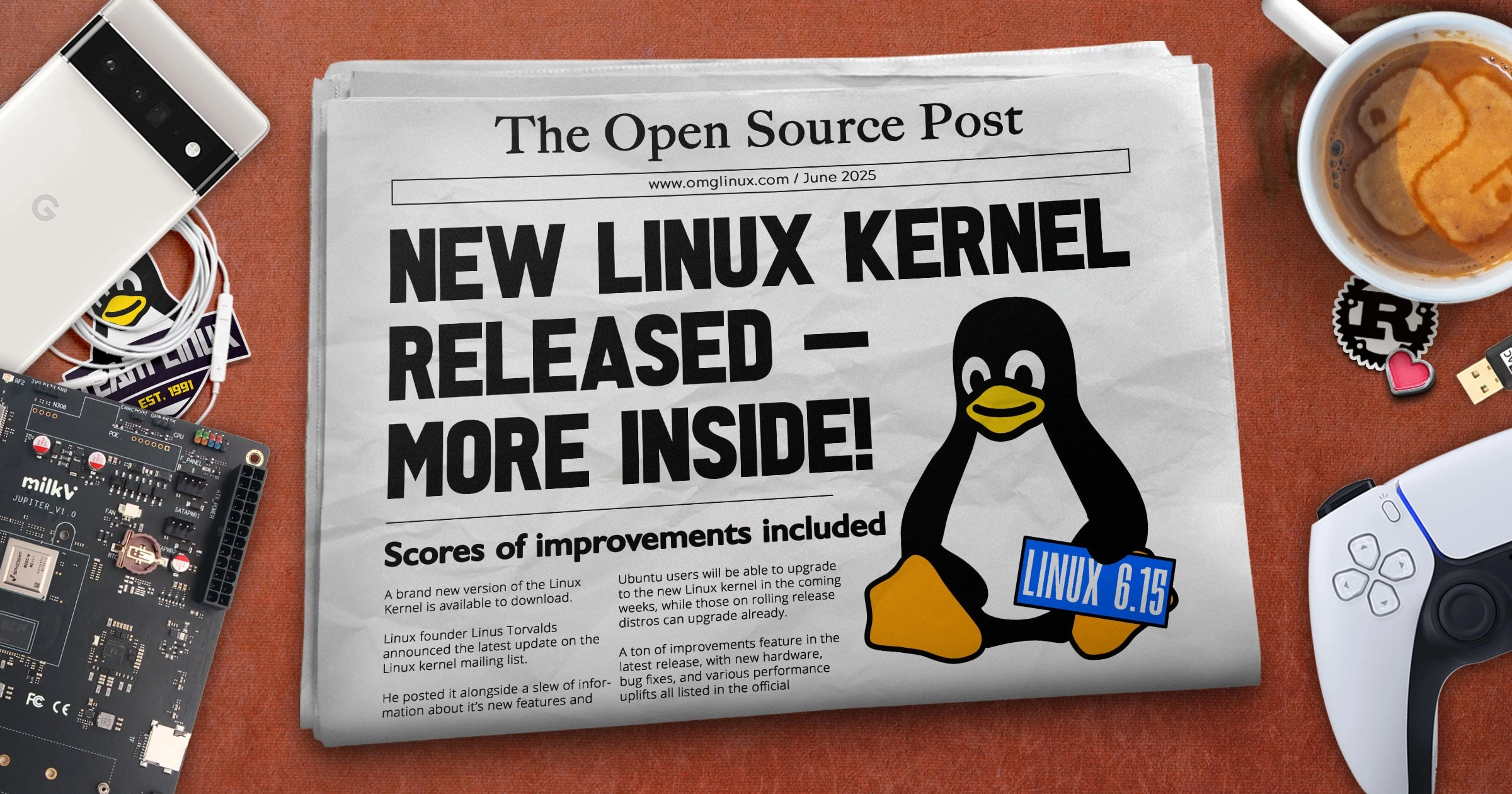Linux 6.15 has officially been released, introducing a host of improvements and several changes that are generating discussions among developers. Announced by Linus Torvalds on the Linux Kernel Mailing List, the release comes with a sense of ease, as Torvalds mentioned, "nothing looks particularly scary" about the final build.
New Features in Linux 6.15
One exciting addition is Nova, a new Rust-based graphics driver intended to succeed Nouveau, the open-source driver for NVIDIA GPUs. Although still in its infancy with no display driver available yet, it’s a significant development worth following, especially considering the longstanding challenges of NVIDIA support on Linux. Additionally, the Intel Xe graphics driver has been enhanced to support Shared Virtual Memory (SVM), device-wedged event reporting, and monitoring GPU temperatures.
However, this kernel update also comes with contentious changes. One of the most debated is the introduction of the fwctl subsystem, designed to manage device firmware in a standardized way. Critics argue that its lack of transparency in processes deviates from established kernel development practices.
Another noteworthy modification in the io_uring subsystem raised eyebrows, specifically a new security hook that allows SELinux to impose policy controls on kernel-read data. Despite aims to enhance security, it has faced scrutiny for its complexity.
On a more technical front, Linux 6.15 introduces zero-copy receive (zcrx) technology via io_uring, which streamlines the transfer of network data to user-space memory, improving performance for applications that handle heavy network workloads. Moreover, the networking stack has added a new TCP socket option for better management of connection timeouts.
File System Improvements
The filesystem enhancements in this update are substantial. The FUSE subsystem can now enforce timeouts on unresponsive user-space servers, which should help eliminate hangs in scenarios involving SSH filesystems. An improvement for exFAT filesystems significantly speeds up file deletions, thanks to optimizations by Sony developers.
Btrfs also received notable updates, including improved error handling and support for new zstd compression levels aimed at better performance. Meanwhile, the ongoing development of Bcachefs has introduced a new scrub functionality that helps find and repair filesystem errors.
Broader Hardware Support
With every new kernel release, support for ARM and RISC-V devices continues to grow, encompassing a range of embedded and industrial devices. Notable devices include the Google Pixel Pro 6 and the introduction of support for the Milk-V Jupiter ITX board in RISC-V.
Linux 6.15 has made strides in device driver support too, adding drivers for the Apple Touch Bar, various gaming controllers, and enhancing compatibility for certain laptop hardware like the Samsung GalaxyBook.
Summary
In conclusion, Linux 6.15 offers a mix of impactful improvements and some controversial changes that reflect the ongoing evolution within kernel development. The enhancements will benefit a variety of applications and users, although Ubuntu fans will have to wait for the official backport of the new kernel featuring in Ubuntu 24.04 LTS. For those eager to experiment, unofficial ways exist to install this kernel version ahead of time.
For more in-depth details, you can view the merge report and kernel commits directly.
